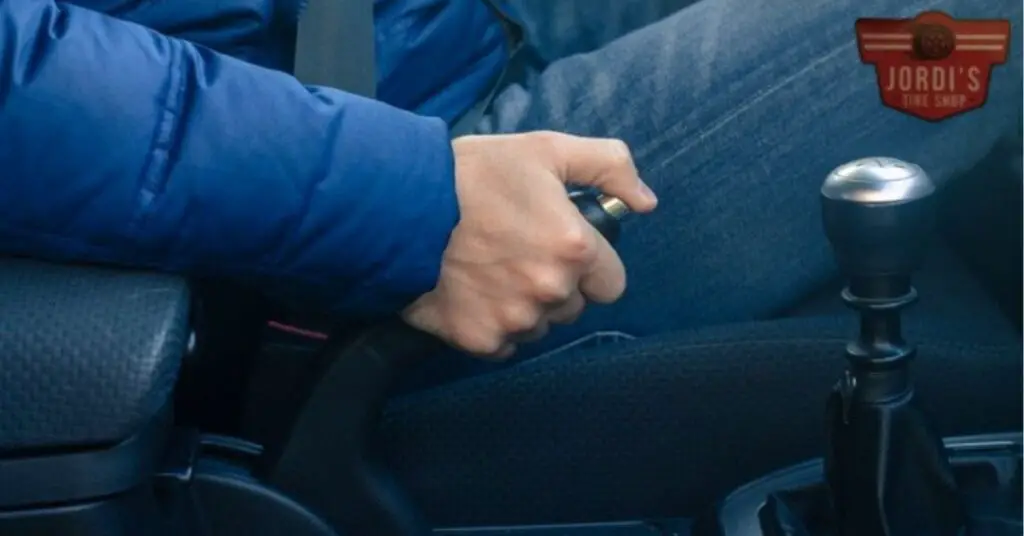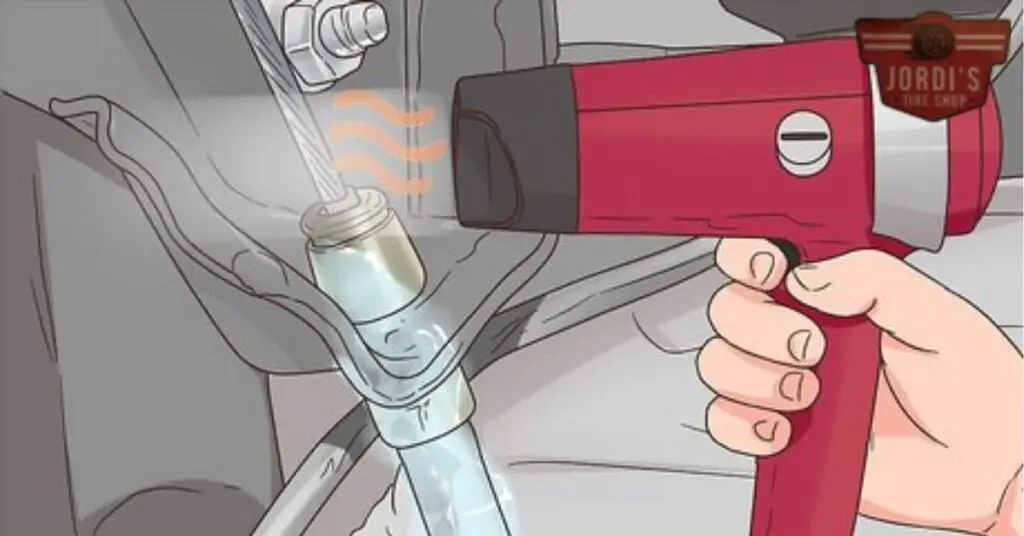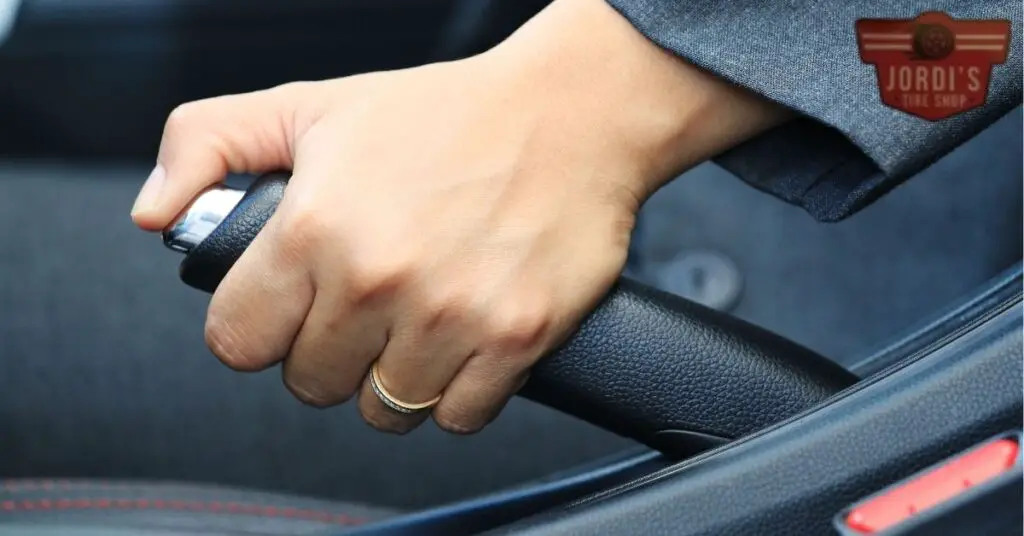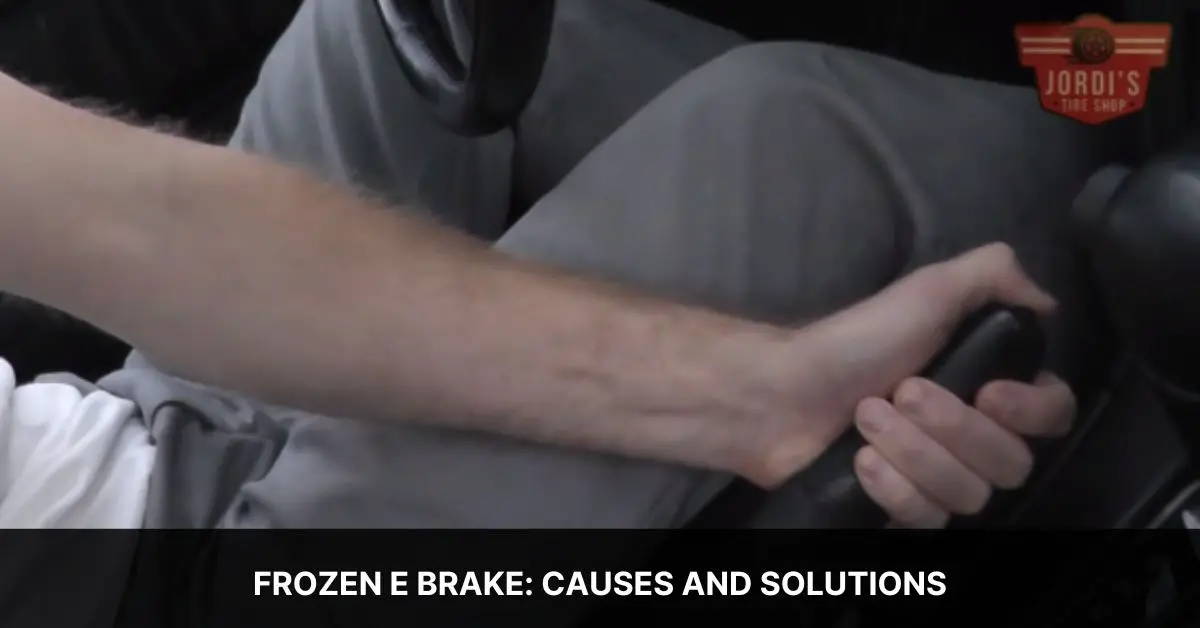Ever been in a rush only to find your parking brake, also known as a hand brake or emergency brake, frozen solid? It’s a common issue in colder climates that can cause an unexpected delay. But don’t fret, it’s a problem that can be thawed out easily with the right know-how.
Unlike the regular hydraulic brake system found on most vehicles, the parking brake is a purely mechanical system. It’s operated by springs and cables within a sheath, which can be susceptible to freezing or getting jammed by dried dirt and mud.
Understanding the E Brake

To navigate the complexities of vehicle mechanics, understanding the E Brake’s purpose and functioning is key. Within this section, we’ll investigate into the identification of an E Brake and proper situations to employ it.
What is an E Brake?
The E Brake, also referred to as the emergency brake, hand brake, or parking brake, is a secondary braking system installed in vehicles. Unlike the primary hydraulic brake system you use daily for slowing down or stopping your vehicle, the E Brake operates mechanically. It primarily consists of cables and springs, exhaustively connected to the rear wheels of your car. Common objects like rocks, sand, and rust, if accumulated, can impair the E Brake’s function. But, E Brake cables, costing around $14 each, are not expensive to replace, if necessary.
When Should You Use the E Brake?
Utilizing an E Brake isn’t limited to emergencies. Manual transmission drivers often apply the E Brake while parking their vehicles and sometimes even during their drive. Automatic drivers generally reserve the E Brake for situations when parked on an incline or hill. But, employing the E Brake is advisable every time you park your vehicle, even on flat terrain. With regular use, you ensure its knack for optimal operation during a real emergency. Remember, primarily use the E Brake as a parking brake – to keep your vehicle stationary when parked, so minimizing strain on the primary braking system.
Common Causes of a Frozen E Brake

Understanding the causes of a frozen E Brake can help in circumventing delays and maintaining the longevity of your vehicle. Here, we’ll investigate into how cold weather, rust, and extensive or hard use can affect your E Brake’s functionality.
Cold Weather Impact on E Brake
Cold and wet weather can be a primary culprit behind a frozen E Brake. When temperatures drop, especially below 32 degrees, the water trapped within the braking system can freeze. This frozen water, particularly in the cable sheath, restricts the cables from sliding, leading to the E Brake freezing in place. It’s beneficial to prepare adequately during winter and avoid using the E Brake when temperatures are low. But, if your E Brake does freeze, warming up your vehicle can typically resolve the issue.
Rust or Corrosion Effect on E Brake
Another common factor leading to a frozen E Brake is the corrosion caused by water and dirt. Over time, these elements can wear down the cables in your parking brake, leading to brake failure, cables snapping, and brake pads sticking to wheels. Regular use of your E Brake helps to ensure corrosion hasn’t occurred. Besides, applying a protective coating like a silicone or graphite-based lubricant, rust inhibitors, and water repellents can shield your E Brake from these elements.
Impact of Extensive or Hard Use of E Brake
Finally, the manner in which you use your E Brake matters. Pulling the lever too hard or treating it as a strength test may seem harmless in the moment, but it can lead to your brakes becoming stuck. This occurs as the brakes adhere to the wall of your wheel drums. Hence it’s important to use your E Brake efficiently, without excessive force, to prevent this issue.
Effective Ways to Prevent a Frozen E Brake

Preventing a frozen E Brake often proves simpler than dealing with a jammed one. Precautionary measures, ranging from weather monitoring to the application of protective coatings, offer immense value.
- Be Weather Wise: Monitor weather forecasts diligently, especially during winter. Whenever temperatures plunge below 32 degrees, steer clear of using the emergency brake. This strategy prevents the brake system from freezing, thereby ensuring your vehicle’s readiness for use, regardless of the weather.
- Harness the Power of Protective Coatings: Carry out protective measures for your E brake. Use silicone or graphite-based lubricants, rust inhibitors, and water repellents. With these protectants originating from silicon or graphite, they offer a shield-like effect against elements that might compromise your emergency brake.
- Regularly Use Your E Brake: Routinely using your emergency brake keeps corrosion at bay. Cables, susceptible to erosion by water and dirt, dictate the functioning of the parking brake. Consistent use hinders brake pad sticking and cable snapping over time.
- Be Gentle With Your Brake: Avoid a strong pull on your emergency brake lever. Treating it gently, as opposed to a carnival strength test, facilitates ideal brake usage. When extreme pressure gets exerted, the brakes may jam against the wheel drums.
Remember, a rusty and frozen E Brake not only causes inconvenient glitches but also threatens road safety. By implementing these straightforward preventative measures, you can confidently handle your vehicle in any weather.
What to Do When Your E Brake Gets Stuck

On occasions when your E Brake gets stuck, it’s vital to have a battle plan. By smoothly following a series of steps, you can get back on the road in no time. In such scenarios, three main tactics have proven effective: turning on the car and revving the engine, disengaging and reapplying the brake, and alternating between drive and reverse.
Turning On the Car and Revving the Engine
Unfasten the grip of cold on your brakes by warming up your vehicle. Starting the car and letting the engine run for a while can release a frozen brake. Importantly, moderate revving can accelerate the heating process. But, avoid overly aggressive revving, as it can potentially damage your engine.
Disengaging and Reapplying the Brake
Proving beneficial in the case of a stuck E Brake, disengaging and reapplying the brake may ease the tension on the brake cables. Gently disengage the brake and wait a few seconds, then cautiously re-apply it. This method may force the brake to reset itself, thereby relieving the stuck brake pads.
Alternating Between Drive and Reverse
Finally, alternating your vehicle between drive and reverse can be useful in dislodging a frozen brake. This method exploits the different torque directions to release the brake. Apply moderate power in each direction, but remember not to force it too hard as this could potentially risk further complications.
Conclusion
So, you’ve now got the lowdown on the frozen E Brake issue. It’s a common problem, especially in cold climates, but one that’s manageable with the right know-how. Remember, your E Brake is a mechanical system, separate from your hydraulic brakes, and it can get jammed with dirt or freeze in low temperatures. Regular use, even just for parking, keeps it in top shape, while avoiding excessive force can prevent it from sticking.
Don’t forget about the role of weather and rust. Cold temperatures can freeze water in the system, and rust can cause brake failure. By keeping an eye on the weather and applying protective coatings, you can shield your E Brake from these elements.
Finally, if your E Brake does freeze, don’t panic. Warming up your vehicle, gently disengaging and reapplying the brake, or alternating between drive and reverse can help free it. By following these tips, you’ll ensure your E Brake is ready to perform when you need it most.
Related Posts:

